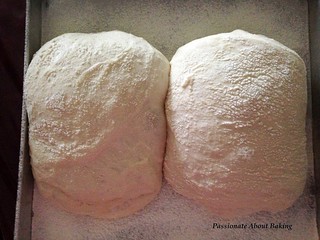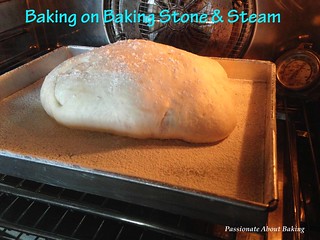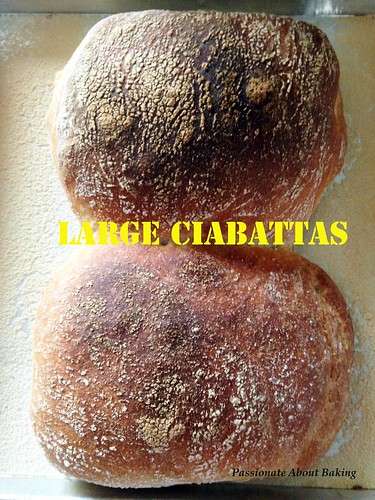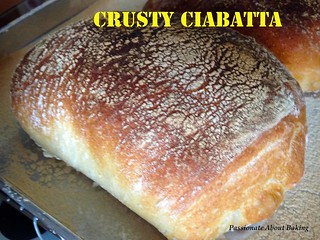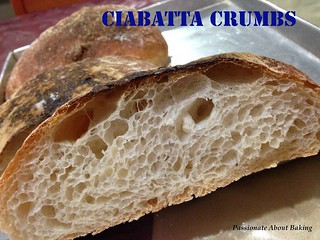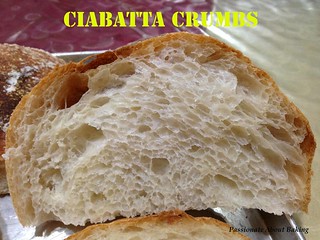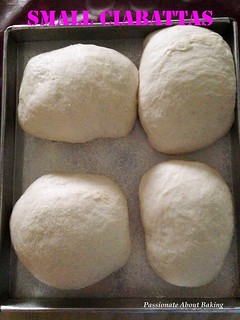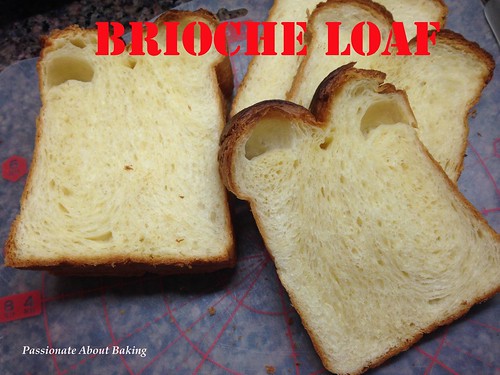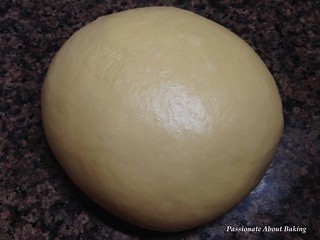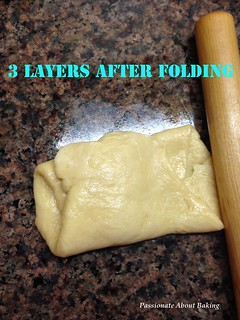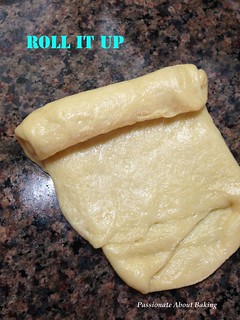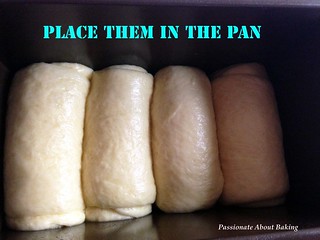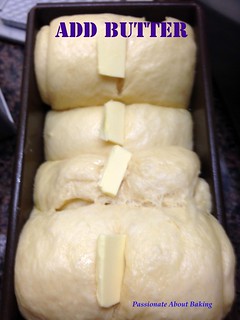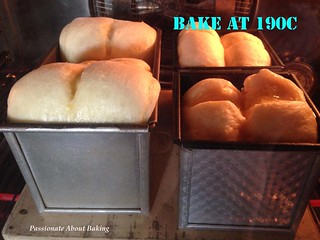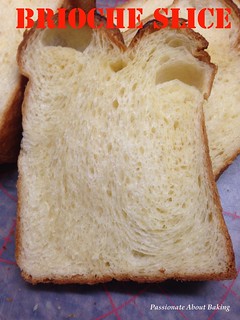After searching online for a copycat recipe, I realised the secret ingredients was the apple cider. As I wanted it to be quick, I used storebought puff pastry since I wanted to try out the apple pie fillings first. After my son tried the apple pie, he said he likes the crust. >_<" However, he feedback that it was more sourish. Otherwise, he thought the apple pie was nice...close, but needs some improvement. I told him I'll improve on it the next time!

Recipe for Apple Pie fillings, adapted from Babble.
(Makes one 7" square pie)
Ingredients:
2 Apples (I used green apples), chopped to 1/2″ squares
1/2 cup apple cider
1/4 cup sugar
1 teaspoon cinnamon
zest and juice of 1 lemon
big pinch salt
2 tablespoons flour
2 puff pastry sheet
Method:
- Combine the apples, cider, sugar, zest and juice, and salt, and cook over medium heat.
- The mixture will bubble, and cook down.
- After about 15 minutes the apples will soften, but still have a little texture. Stir in the flour and cook for a minute or two more.
- Remove from heat and set filling aside to cool.
- Preheat oven to 180C.
- Place a puff pastry sheet on a baking tray. When the filling is cooled slightly, scooped the fillings on the centre of the puff pastry.
- Place another puff pastry to cover the fillings. Seal the sides and pierce holes on top.
- Bake in the oven for 22mins or browned.
- Let it cool slightly before cutting and serving.
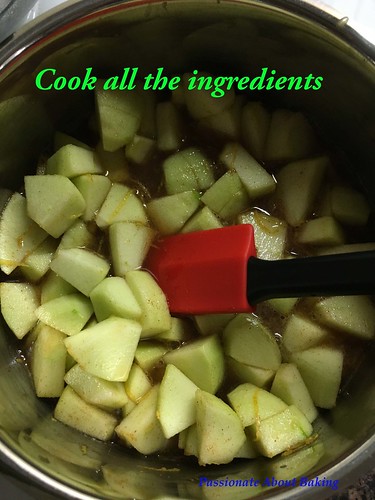

Notes:
- The filling was a bit sour. I reckon it was due to the lemon juice and using of green apples. However, as you eat, it became better. The sourness was only during the first 2 bites.
- I reckon less flour could be use so that there is still much gravy to be seen, even though the fillings were not dry.
- Overall, the taste was very close to McDonald's apple pie filings if sweet apples were used and fillings were more wet.


